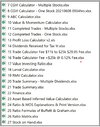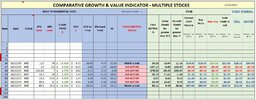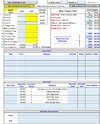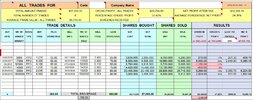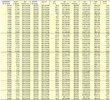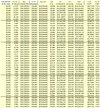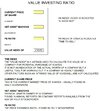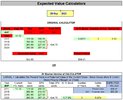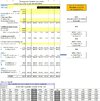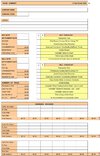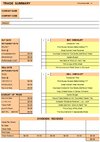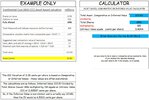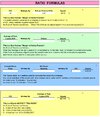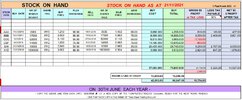DrBourse
If you don't Ask, you don't Get.
- Joined
- 14 January 2010
- Posts
- 888
- Reactions
- 2,091
Iceberg Order - A large single order that has been divided into smaller lots, usually by the use of an automated program, for the purpose of hiding the actual order quantity. Note, When large participants, such as institutional investors, need to buy and sell large amounts of securities for their portfolios, they can divide their large orders into smaller parts so that the public sees only a small portion of the order at a time--just as the 'tip of the iceberg' is the only visible portion of a huge mass of ice. By hiding its large size, the iceberg order reduces the price movements caused by substantial changes in a stock's supply and demand...



